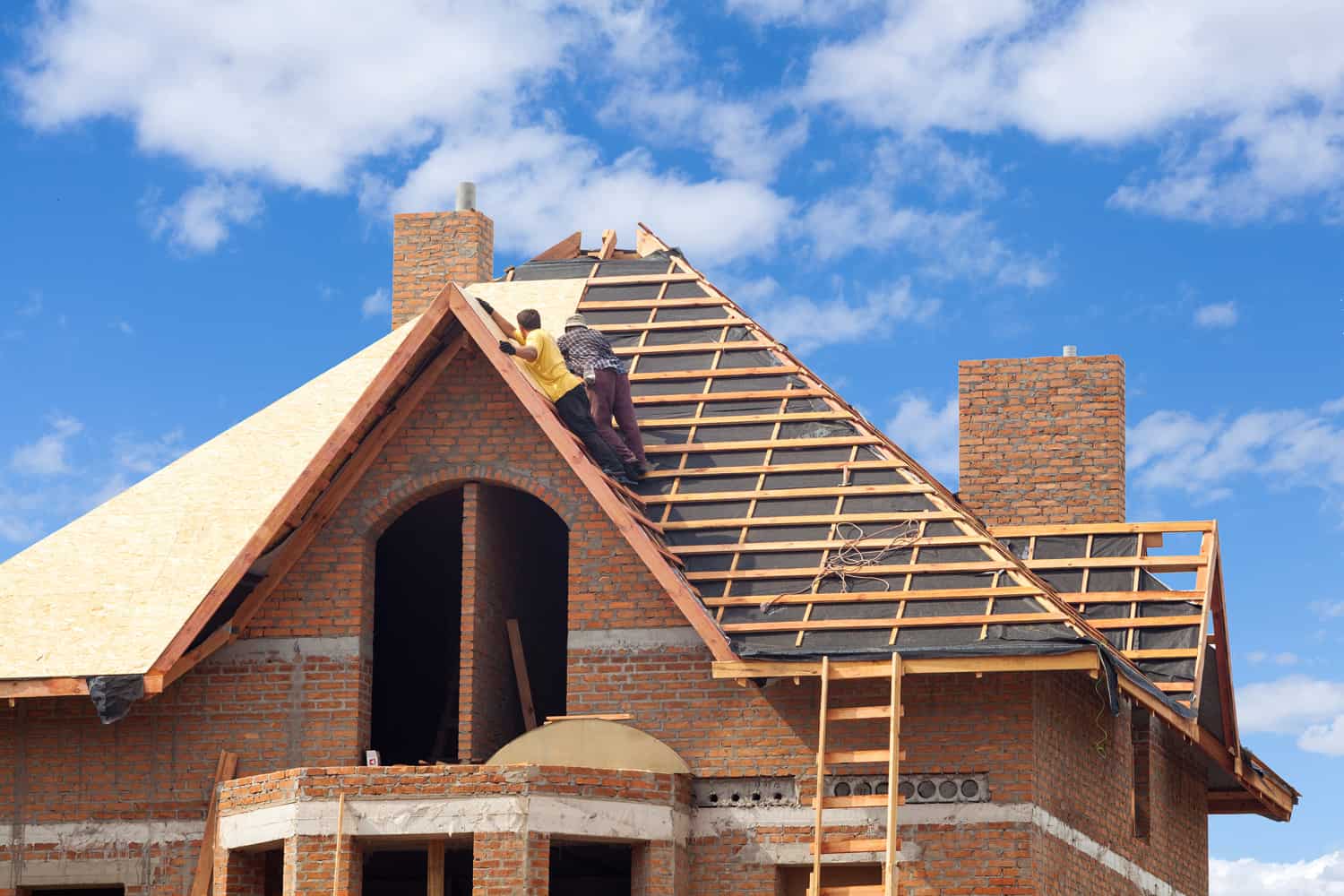

Articles
What Is A Roof Cricket
Modified: March 1, 2024
Learn all about roof crickets in our informative articles. Discover the importance, installation process, and benefits of having a roof cricket.
(Many of the links in this article redirect to a specific reviewed product. Your purchase of these products through affiliate links helps to generate commission for Storables.com, at no extra cost. Learn more)
Introduction
When it comes to roofing, there are various components and structures that work together to ensure its functionality and durability. One such component is a roof cricket, also known as a saddle or diverter. While many homeowners might not be familiar with this term, roof crickets play a crucial role in maintaining the integrity of a roof.
A roof cricket is a small, triangular structure that is built at the intersection of two roof slopes or where a roof slope meets a vertical wall. Its purpose is to divert water away from the valley created by the meeting point, preventing water accumulation and potential water damage to the roof. This is particularly important in areas with heavy rainfall or snow.
In this article, we will delve into the definition, purpose, installation, benefits, common issues, maintenance, and potential alternatives to roof crickets. By understanding the importance of roof crickets, homeowners can make informed decisions when it comes to their roofing needs.
Key Takeaways:
- Roof crickets are essential for diverting water away from roof valleys, preventing water damage, and enhancing the longevity of roofs. Proper installation and maintenance are crucial for their effectiveness.
- While roof crickets are commonly used, alternative methods such as kickout flashing and valley liners can also effectively protect roofs from water damage. Consulting professionals for the most suitable option is key.
Read more: What Is A Roof Cricket In Construction
Definition of a Roof Cricket
A roof cricket, also known as a saddle or diverter, is a small triangular structure that is constructed on a roof to divert water away from the valley created by the intersection of two roof slopes or where a roof slope meets a vertical wall.
The term “cricket” is derived from its shape, resembling a cricket bat or wicket used in the sport of cricket. Roof crickets are typically made of the same materials as the rest of the roof, such as shingles, metal, or tiles, ensuring continuity in the roof’s appearance.
Roof crickets are commonly used in areas with heavy rainfall or snow to prevent water from pooling in the valleys and causing potential water damage. By redirecting the water, a roof cricket helps to maintain the structural integrity of the roof and prolong its lifespan.
Roof crickets can be found on various types of roofs, including gable roofs, hip roofs, and mansard roofs. They are typically installed on the uphill side of a chimney, skylight, dormer, or any other vertical structure that intersects with the roof.
Overall, the purpose of a roof cricket is to ensure proper water drainage and prevent water from infiltrating the vulnerable areas of the roof. By diverting the water away from the valleys, a roof cricket helps to protect the roof from leaks, decay, and other moisture-related issues.
Purpose of a Roof Cricket
The primary purpose of a roof cricket is to divert water away from the valley created by the intersection of two roof slopes or where a roof slope meets a vertical wall. This is crucial for maintaining the integrity of the roof and preventing water damage. Here are the key purposes of having a roof cricket:
- Water Diversion: One of the main functions of a roof cricket is to redirect water away from the valley. When water flows down a roof slope, it naturally tends to accumulate in the valleys, especially during heavy rainfall or snowmelt. By having a roof cricket in place, the water is directed around the valley, preventing pooling and potential water damage to the roof.
- Preventing Leaks: Valleys are vulnerable areas on a roof where water can easily seep through and cause leaks. A roof cricket acts as a barrier, preventing water from entering the valleys and infiltrating the underlying structure of the roof. This helps to maintain a watertight roof and protect the interior of the building from water damage.
- Snow Management: In areas with heavy snowfall, roof crickets are especially important. Snow tends to accumulate in valleys and can create a significant amount of weight on the roof. By diverting the snow around the valleys, roof crickets help to distribute the weight evenly and reduce the risk of structural damage caused by snow load.
- Improved Roof Drainage: The presence of a roof cricket improves overall roof drainage by directing water away from the valleys and towards the gutters or downspouts. This helps to prevent water from overflowing the gutters and causing damage to the roof edge or the foundation of the building.
- Enhanced Roof Aesthetics: Roof crickets also play a role in enhancing the visual appeal of a roof. By adding a roof cricket at the intersection of roof slopes or where a roof meets a vertical wall, the roof is given a more seamless and uniform appearance. This can improve the overall curb appeal of the building.
In summary, a roof cricket serves multiple purposes, including water diversion, leak prevention, snow management, improved roof drainage, and enhanced roof aesthetics. By fulfilling these functions, roof crickets contribute to the longevity and performance of a roof, protecting it from potential damage caused by water accumulation and improving its overall functionality.
Installation of a Roof Cricket
Installing a roof cricket requires careful planning and execution to ensure its effectiveness in diverting water and protecting the roof. Here are the key steps involved in the installation process:
- Evaluation and Design: The first step is to assess the roof and determine the areas where a roof cricket is necessary. This typically includes the intersection of two roof slopes or where a roof slope meets a vertical wall, such as a chimney or dormer. The size and shape of the roof cricket should also be determined based on the specific roof design and water flow patterns.
- Material Selection: The next step is to choose the appropriate materials for constructing the roof cricket. These materials should match the existing roof materials to maintain a cohesive appearance. Common options include shingles, metal, or tiles. In addition to aesthetics, the chosen materials should be durable and weather-resistant to withstand the elements.
- Preparation: Before starting the installation, the area where the roof cricket will be placed needs to be prepared. This involves removing any existing roofing materials and creating a solid base for the roof cricket. The underlying structure should be inspected and repaired if necessary to ensure its stability and integrity.
- Construction: The actual construction of the roof cricket involves shaping and framing it according to the design. This is typically done by creating a triangular structure that spans the intersection of the roof slopes. The size and angle of the roof cricket will vary depending on the specific roof configuration. The framing should be securely attached to the roof structure to ensure its stability.
- Weatherproofing: Once the roof cricket is constructed, it needs to be weatherproofed to prevent any water penetration. This involves applying an appropriate waterproofing membrane or flashing around the edges of the roof cricket to create a watertight seal. This will help to prevent leaks and ensure the proper functioning of the roof cricket.
- Finishing: The final step is to finish the roof cricket by installing the roofing material over it. This can involve placing shingles, metal panels, or tiles over the roof cricket to match the rest of the roof. Care should be taken to ensure that the roofing material is properly aligned and secured.
It is important to note that the installation of a roof cricket should be done by a professional contractor or experienced roofer. They have the knowledge and expertise to properly evaluate the roof, design, and install the roof cricket in accordance with industry standards and local building codes. A well-installed roof cricket will provide effective water diversion and contribute to the longevity and performance of the roof.
Benefits of Having a Roof Cricket
Having a properly installed roof cricket offers several benefits for homeowners. Here are some of the key advantages:
- Prevents Water Damage: The primary benefit of a roof cricket is its ability to divert water away from the valley. By directing water around the intersection of roof slopes or where a roof meets a vertical wall, a roof cricket helps to prevent water from pooling and accumulating in vulnerable areas. This significantly reduces the risk of water damage to the roof and the underlying structure of the building.
- Reduces Roof Leaks: Valleys are prone to leaks due to water accumulation. By installing a roof cricket, the flow of water is redirected away from the valley, minimizing the chances of leaks. This ensures a watertight roof and protects the interior of the building from water damage and mold growth.
- Enhances Roof Durability: The presence of a roof cricket improves the overall durability and lifespan of the roof. By preventing water from pooling and causing decay or rot, a roof cricket helps to maintain the structural integrity of the roof. This extends the lifespan of the roof and reduces the need for costly repairs or premature roof replacement.
- Manages Snow Load: In snow-prone areas, roof crickets play a crucial role in managing snow load on the roof. By diverting snow away from the valleys, roof crickets distribute the weight evenly and prevent excessive load on the roof. This helps to minimize the risk of roof collapse and structural damage caused by heavy snow accumulation.
- Improves Drainage: Roof crickets improve overall roof drainage by redirecting water towards the gutters or downspouts. This helps to prevent water from overflowing the gutters and causing damage to the roof edge or the foundation of the building. Proper drainage also reduces the risk of water-related issues, such as erosion around the foundation.
- Enhances Curb Appeal: The addition of a roof cricket can enhance the aesthetic appeal of a roof. By creating a more seamless and uniform appearance, a roof cricket adds visual interest and improves the curb appeal of the building. This can be particularly beneficial for homeowners looking to enhance the overall look of their property.
In summary, the benefits of having a roof cricket include preventing water damage, reducing roof leaks, enhancing roof durability, managing snow load, improving drainage, and enhancing curb appeal. By addressing these key aspects, a roof cricket contributes to a healthier and longer-lasting roof, providing homeowners with peace of mind and protection against potential roofing issues.
A roof cricket is a small ridge structure installed on the high side of a chimney or other obstruction to divert water away from the obstruction and prevent water pooling. It helps to prevent leaks and prolong the life of the roof.
Read more: What Is A Cricket On A Chimney
Common Issues with Roof Crickets
While roof crickets are designed to be beneficial to a roof’s functionality and protection, they can sometimes encounter certain issues that may require attention and maintenance. Here are some of the common issues that can arise with roof crickets:
- Improper Installation: If a roof cricket is not installed correctly, it can lead to various problems. Poorly constructed or poorly positioned roof crickets may not effectively divert water, resulting in water pooling in the valleys or leaking through the roof. It is crucial to ensure that roof crickets are properly installed by experienced professionals to avoid these issues.
- Deterioration of Materials: Over time, the materials used to construct roof crickets can deteriorate. Exposure to harsh weather conditions, UV rays, and other environmental factors can cause shingles, metal, or tiles to wear down and become damaged. Cracked, broken, or missing materials can compromise the effectiveness of the roof cricket, leading to water seepage and potential leaks.
- Clogged or Inadequate Drainage: One of the primary purposes of a roof cricket is to redirect water away from the valleys and towards the gutters or downspouts. However, if these drainage systems are clogged or inadequate, water can accumulate in the valleys despite the presence of a roof cricket. Regular maintenance of gutters and downspouts is essential to ensure proper water flow and prevent water-related issues.
- Ice Dams: In freezing climates, ice dams can form on the roof, including around the roof cricket. Ice dams occur when warm air from the interior of the building melts the snow on the roof, and the melted water refreezes at the eaves. This can prevent water from properly draining off the roof and may cause water to back up and leak through the roof, including around the roof cricket.
- Structural Movement: Over time, a building’s structure may experience slight shifting or settling, which can potentially affect the roof cricket. If the roof cricket becomes misaligned or loses its stability due to structural movement, it may not effectively divert water, leading to water accumulation and potential water damage.
- Lack of Regular Maintenance: Neglecting regular maintenance of the roof and roof cricket can contribute to various issues. Regular inspections and necessary repairs are crucial to identify and address any issues with the roof cricket promptly. Failure to do so can result in more significant problems, such as leaks, water damage, or even structural damage to the roof.
To address these common issues, it is recommended to hire professional roofers to regularly inspect the roof and roof cricket. Timely repairs or replacements can help maintain the functionality and effectiveness of the roof cricket, ensuring its ability to properly divert water and protect the roof and the overall structure of the building.
Maintenance and Repair of Roof Crickets
Regular maintenance and timely repairs are essential for preserving the functionality and effectiveness of roof crickets. Here are some key maintenance practices and repair steps to ensure proper care of roof crickets:
- Regular Inspections: Schedule regular inspections of the roof and roof crickets to identify any issues or signs of damage. Inspections should be carried out by a professional roofer who can assess the condition of the roof cricket and determine if any repairs or maintenance are required.
- Gutter Cleaning: Ensure that gutters and downspouts are clean and clear of debris to prevent water from backing up and causing water pooling around the roof cricket. Regularly clean out leaves, twigs, and other debris that can block the gutters, impede water flow, and potentially lead to water damage.
- Roof Cleaning: Keep the roof surface clean to prevent the buildup of dirt, algae, moss, or other organic matter that can degrade the roof cricket materials over time. Gentle cleaning methods, such as low-pressure washing or biodegradable roof cleaners, can be used to safely remove any debris or stains without causing damage to the roof or the roof cricket.
- Repairing Damaged Materials: If any roofing materials on the roof cricket are cracked, broken, or missing, they should be promptly repaired or replaced. Damaged materials can compromise the roof cricket’s ability to divert water effectively, leading to potential leaks and water damage.
- Addressing Leaks: If there are signs of leaks around the roof cricket, immediate action should be taken. The source of the leak should be identified and repaired, which may involve replacing damaged flashing, sealing gaps, or reapplying waterproofing membranes to ensure a watertight seal.
- Preventing Ice Dams: In areas with freezing temperatures, take preventive measures to minimize the formation of ice dams around the roof cricket. Improve insulation and ventilation in the attic to reduce heat loss and prevent snow from melting and refreezing. Properly seal any air leaks and consider installing heat cables to prevent ice buildup on the roof.
- Consulting Professionals: For more complex maintenance or repair tasks, such as structural evaluation, it is recommended to consult professional roofers who have the expertise and experience to address any issues with the roof cricket adequately.
Regular maintenance and proactive repairs are essential to ensure the longevity and effectiveness of roof crickets. By investing in proper care and maintenance, homeowners can preserve the functionality of the roof cricket, prevent water damage, and extend the lifespan of their roof.
Potential Alternatives to Roof Crickets
While roof crickets are commonly used to divert water and protect roofs from damage, there are alternative methods available for achieving similar results. Here are some potential alternatives to roof crickets:
- Kickout Flashing: Kickout flashing is a type of flashing installed at the lower end of a sloped roof to direct water away from a wall. This alternative is particularly useful when a roof slope meets a vertical wall, such as a chimney or dormer. Kickout flashing helps redirect water into the gutter system, preventing water infiltration and potential damage to the wall or roof.
- Tapered Insulation Systems: Tapered insulation systems involve the installation of tapered insulation boards on the roof surface. These boards are designed to create a slope that directs water to the appropriate drainage points, such as gutters or scupper systems. This alternative can be particularly useful for flat or low-slope roofs where roof crickets might not be feasible.
- Valley Liners: Valley liners are thin, waterproof materials placed in the valleys of the roof to provide an extra layer of protection against water infiltration. They are especially useful in areas prone to heavy rainfall or where the roof design makes it difficult to install roof crickets. Valley liners help channel water down the roof slope and into the gutters, preventing water accumulation and potential leaks.
- Improved Roof Design: In some cases, modifying the roof design itself can help prevent the need for roof crickets or alternative methods. For example, incorporating a hip roof design instead of a gable roof can minimize roof valleys and reduce the risk of water accumulation. It’s important to consult with a professional architect or roofer to determine the most suitable roof design for specific climate conditions and the desired aesthetic.
- Roof Slope Adjustments: Adjusting the roof slope to minimize or eliminate valleys can be an effective alternative to roof crickets. By altering the angles and slopes of the roof, water can naturally flow away from vulnerable areas and towards the designated drainage points. However, this option may require significant modifications and should be carefully evaluated by a professional to ensure structural integrity and functionality.
- Cricket-Shaped Gutters: Another alternative is to use cricket-shaped gutters, which are designed to mimic the shape and function of a roof cricket. These gutters are specifically designed to divert water away from valleys by directing it towards the downspouts. Cricket-shaped gutters are particularly useful in situations where roof cricket installation is not feasible or desirable.
It is important to consult with a professional roofer or architect when considering alternatives to roof crickets. They will be able to assess the specific roofing needs and provide expert advice on the most suitable alternative methods for effective water diversion and roof protection.
Conclusion
Roof crickets may be a lesser-known component of roofing systems, but their importance cannot be understated. These small triangular structures serve a vital purpose in diverting water away from roof valleys and protecting the integrity of the roof. By preventing water accumulation and potential water damage, roof crickets contribute to the longevity and performance of a roof.
Through this article, we have explored the definition, purpose, installation, benefits, common issues, maintenance, and potential alternatives to roof crickets. It is crucial for homeowners to understand the significance of roof crickets and their role in ensuring a functional and durable roof.
The installation of a roof cricket requires careful planning and proper execution to ensure its effectiveness. Professional roofers should be consulted to ensure a well-designed and correctly installed roof cricket. Additionally, regular maintenance and timely repairs are necessary to address common issues that may arise with roof crickets, such as deteriorating materials or improper drainage.
While roof crickets remain a popular choice for water diversion and roof protection, there are alternative methods available, such as kickout flashing, tapered insulation systems, valley liners, improved roof designs, and cricket-shaped gutters. These alternatives may be more suitable in certain situations or for specific roof configurations.
In conclusion, a well-designed and properly installed roof cricket, along with regular maintenance, can contribute to a well-protected and long-lasting roof. By understanding the importance of roof crickets and exploring alternative methods when necessary, homeowners can ensure the integrity of their roofs and the overall durability of their homes.
Frequently Asked Questions about What Is A Roof Cricket
Was this page helpful?
At Storables.com, we guarantee accurate and reliable information. Our content, validated by Expert Board Contributors, is crafted following stringent Editorial Policies. We're committed to providing you with well-researched, expert-backed insights for all your informational needs.
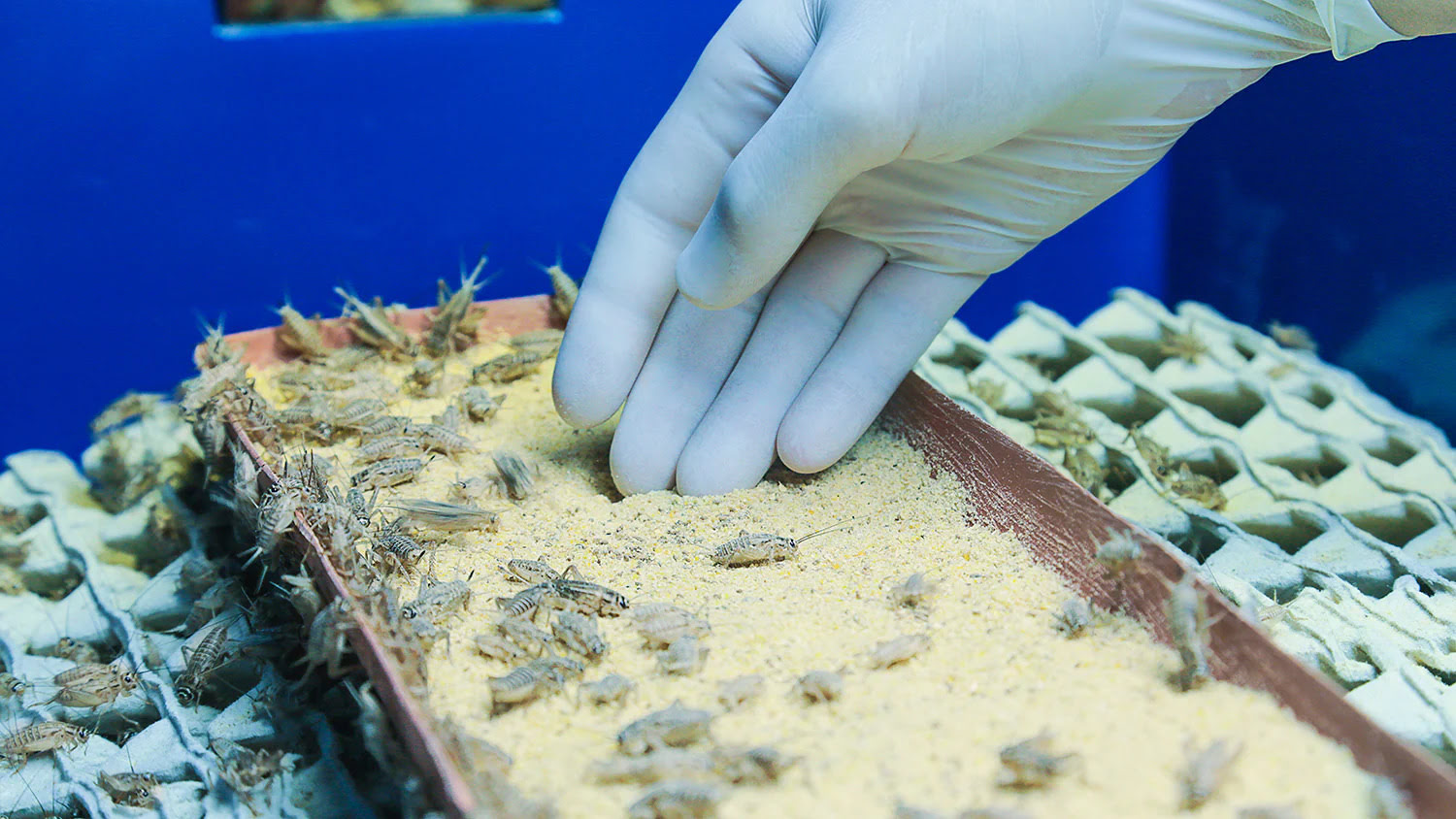
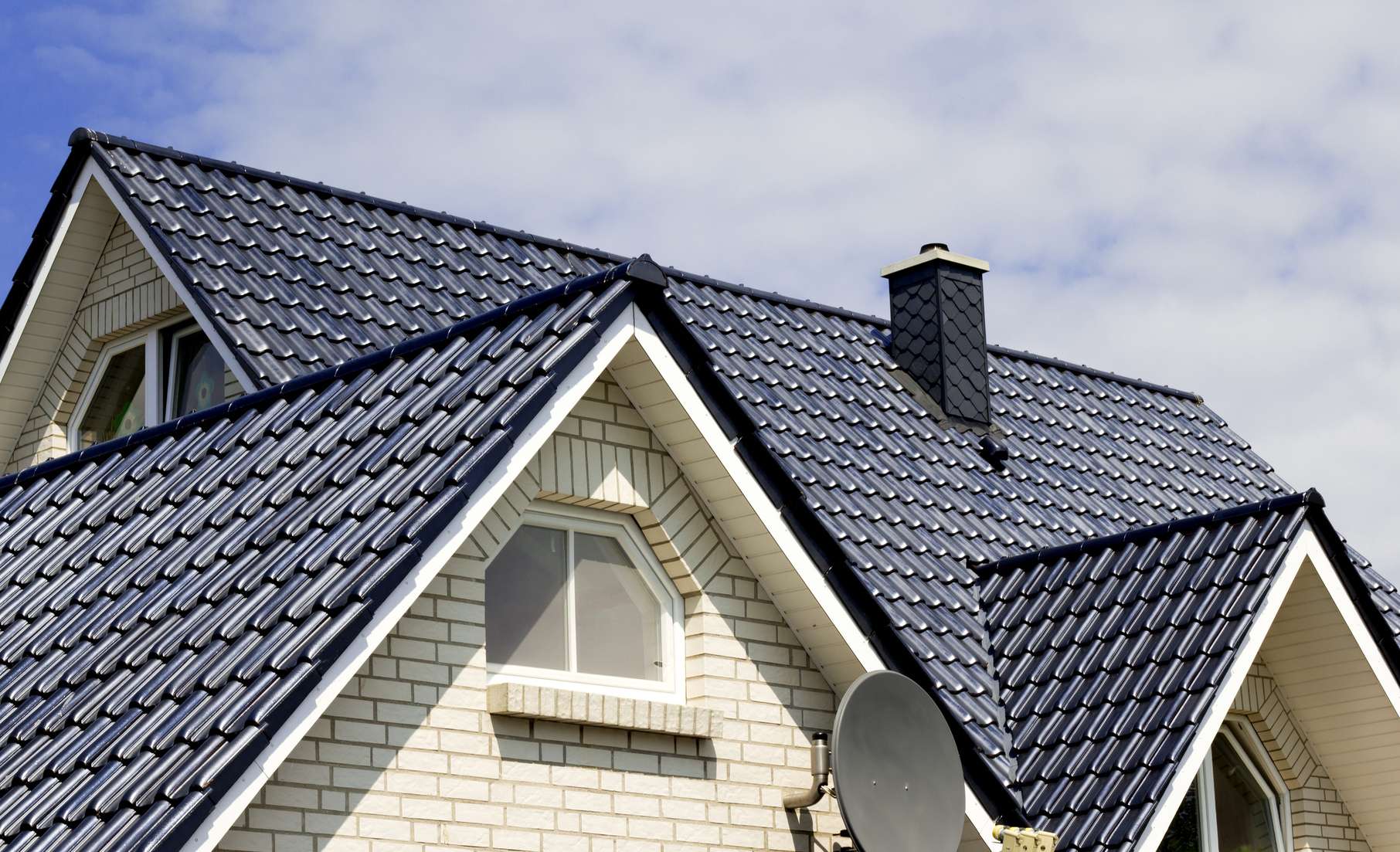
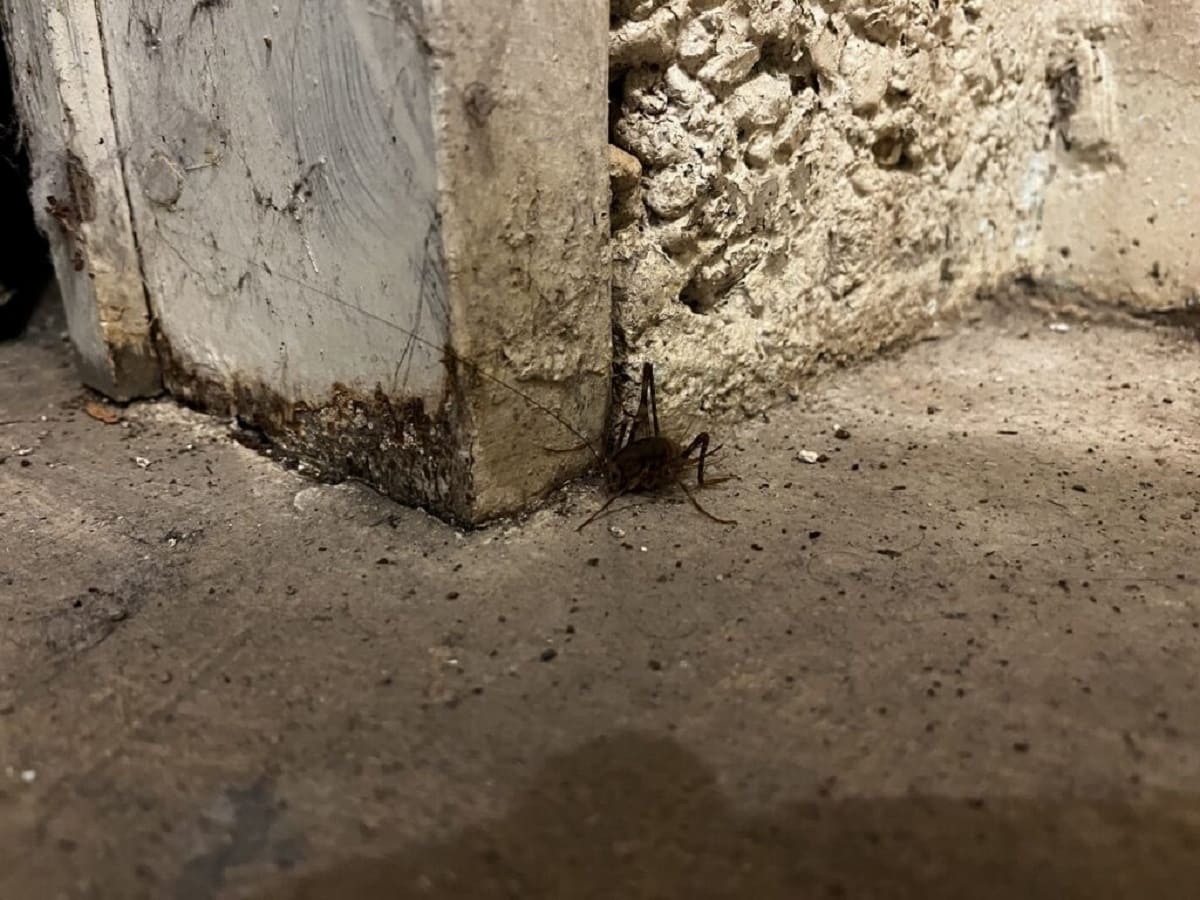

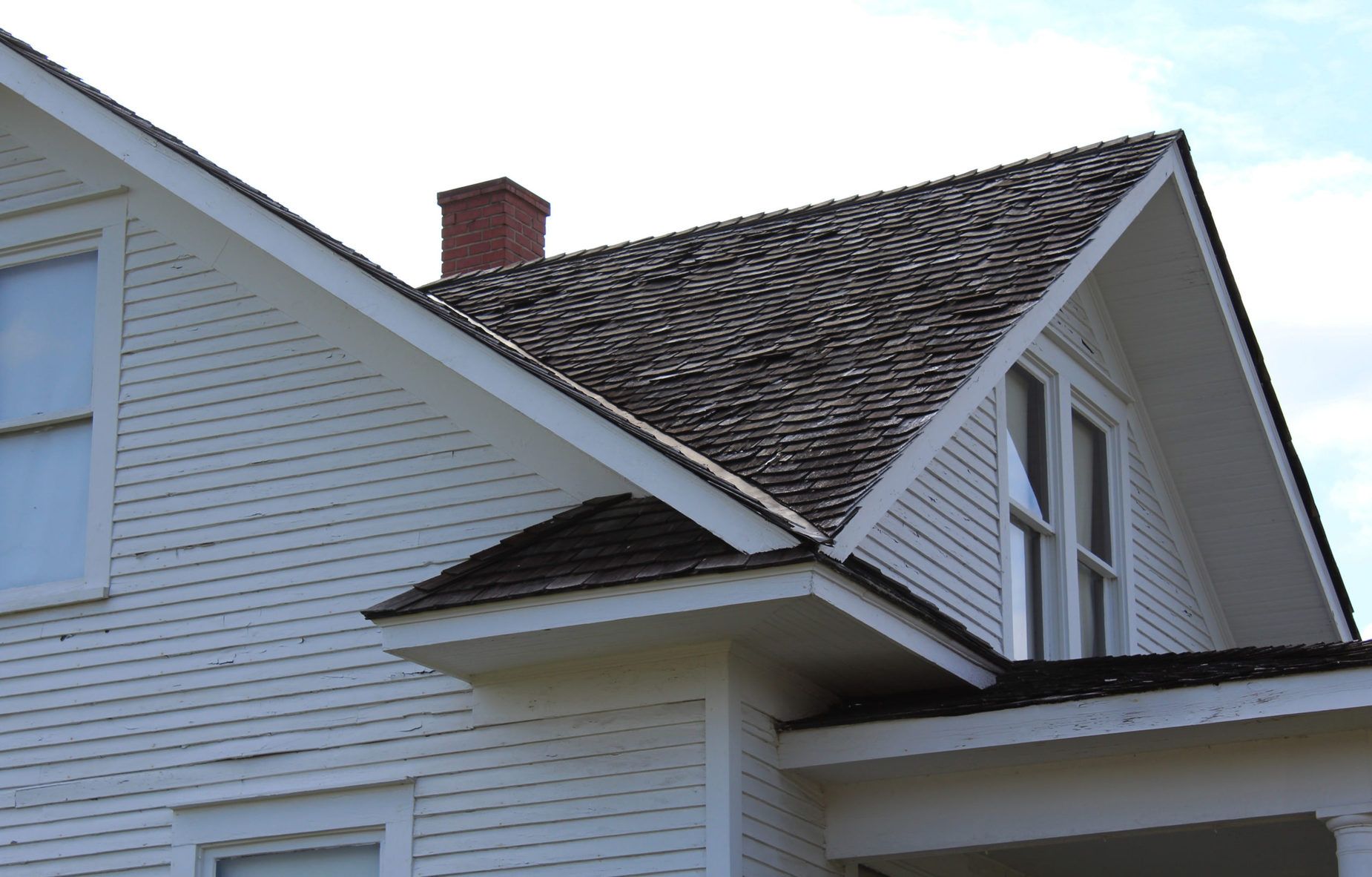
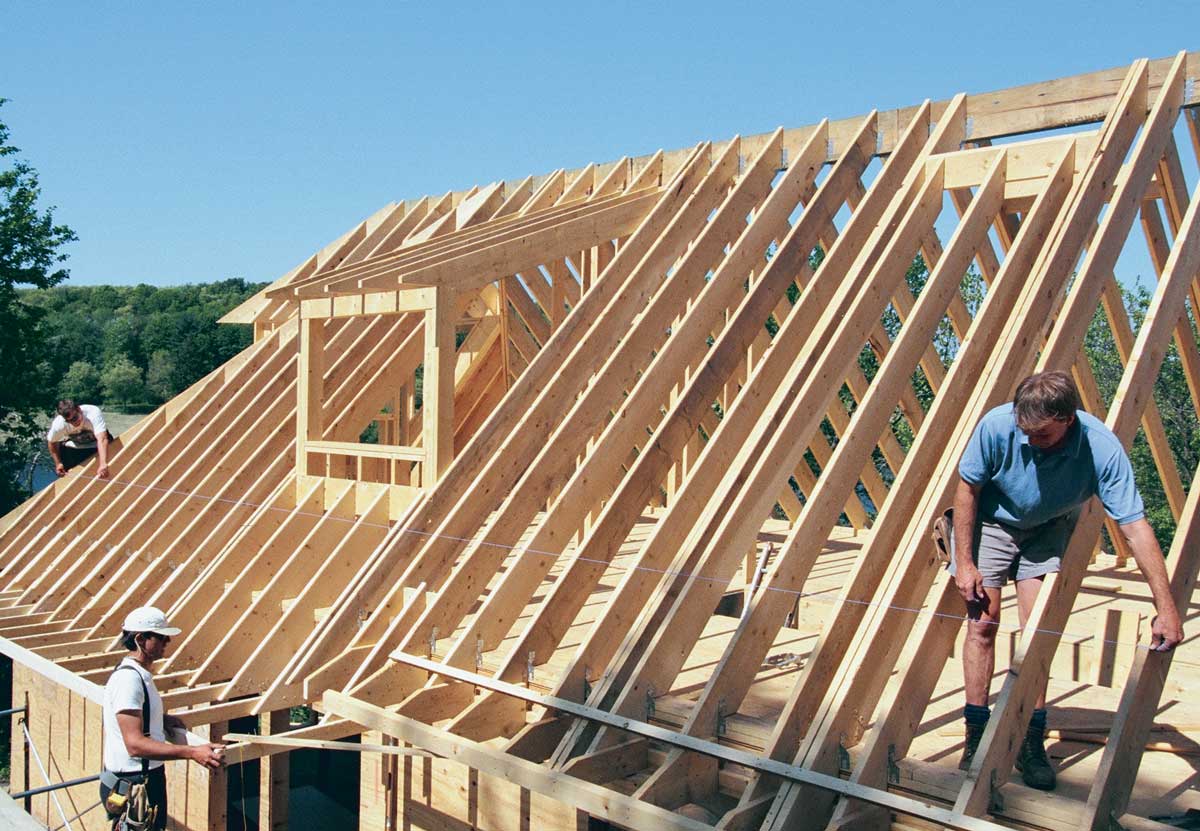

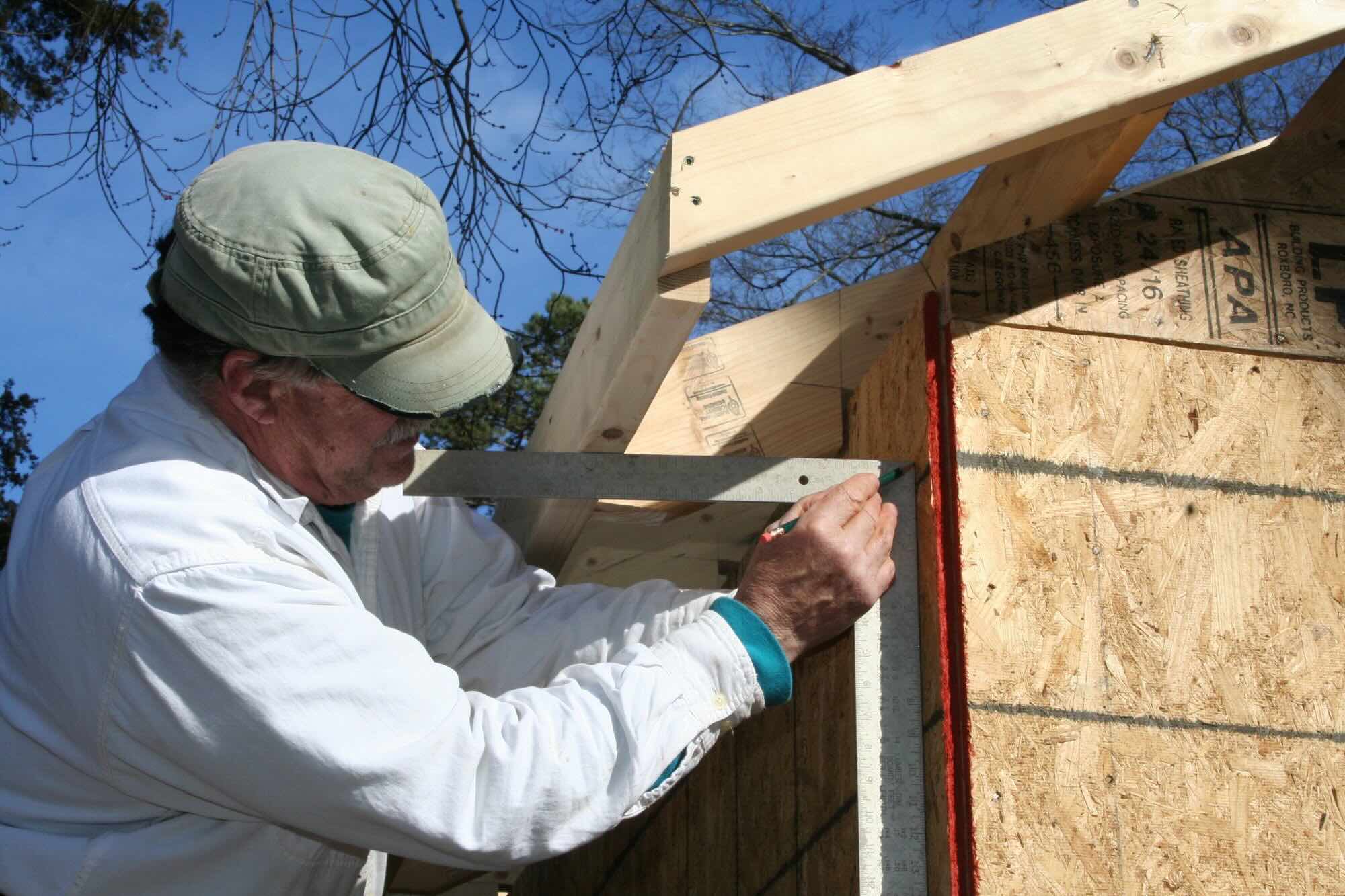
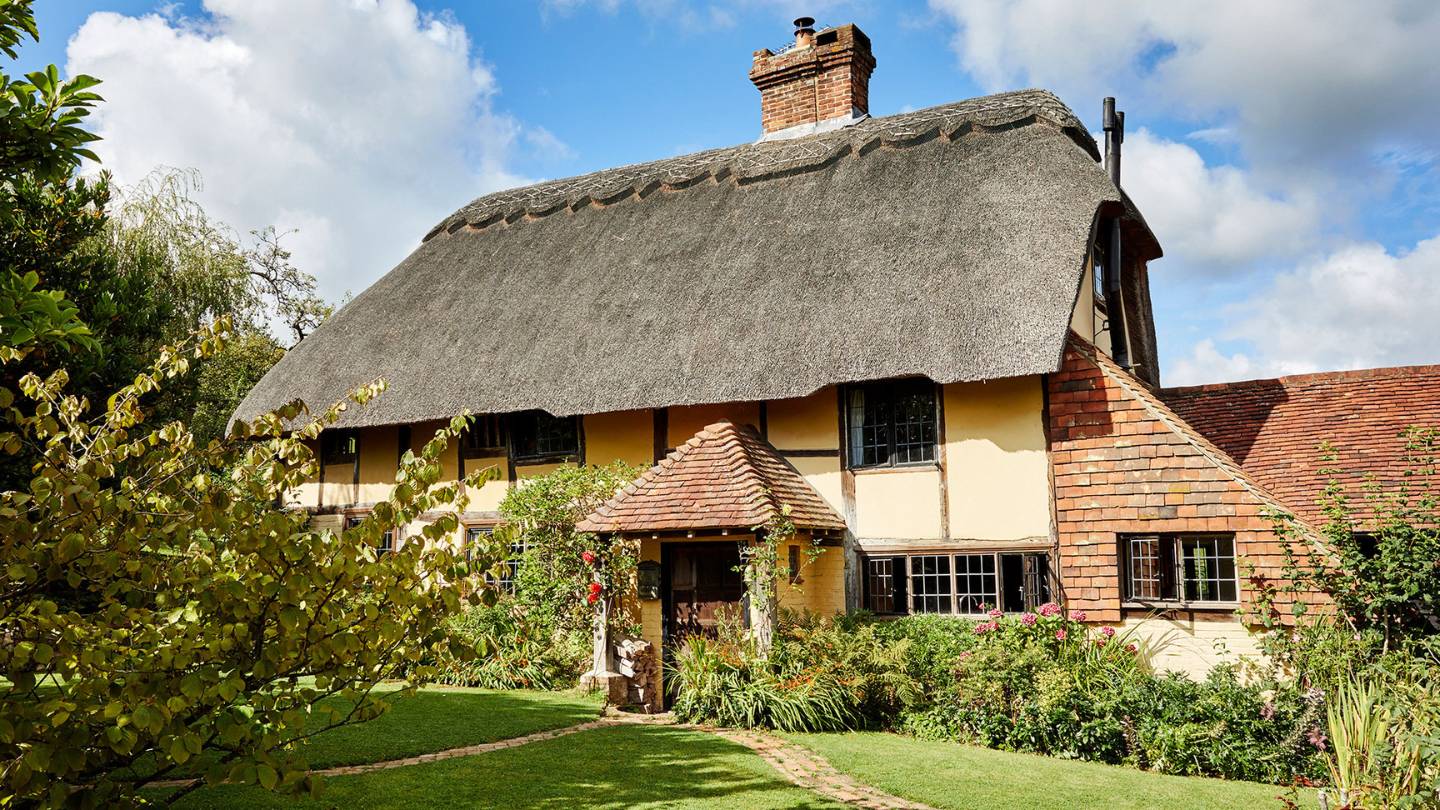
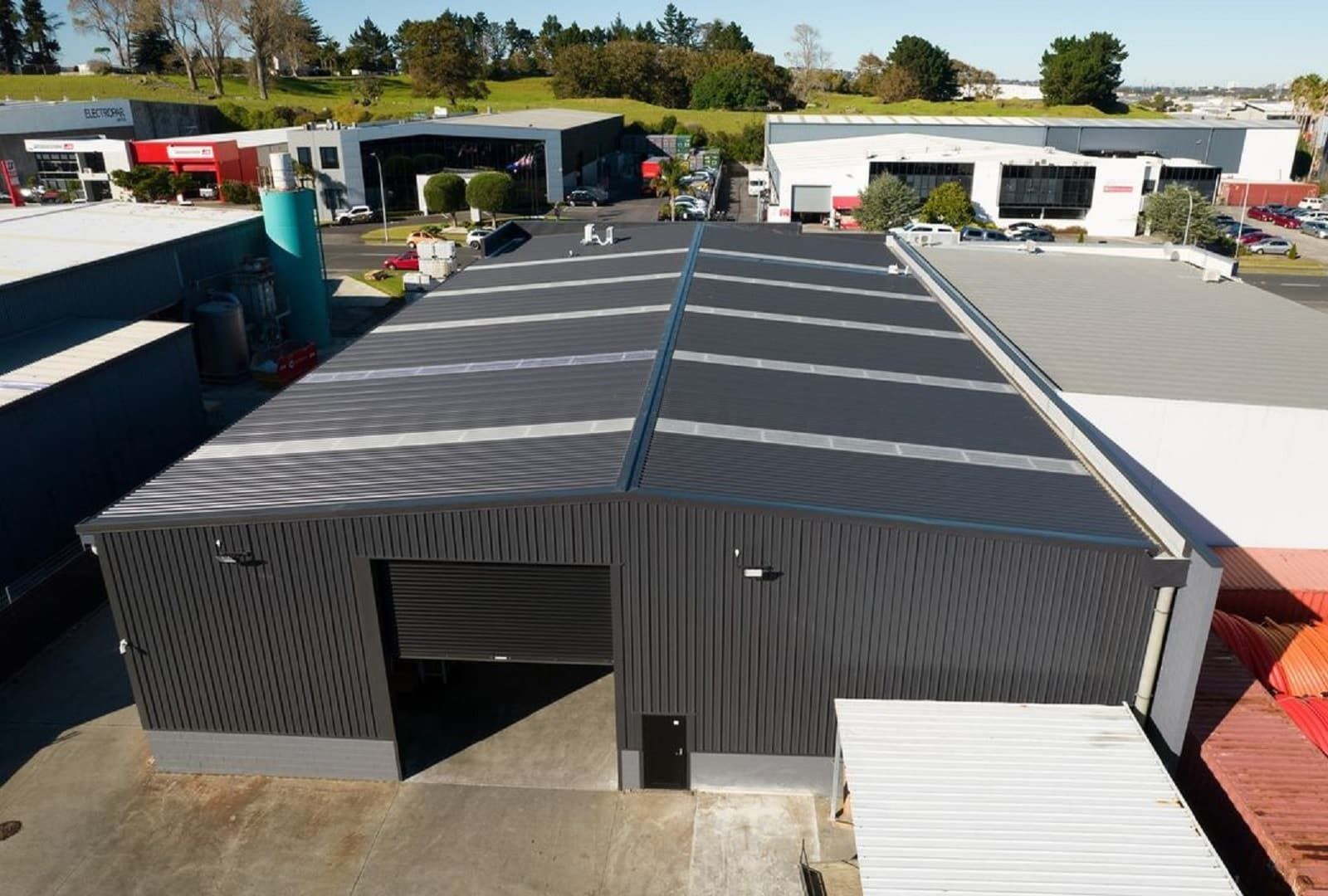
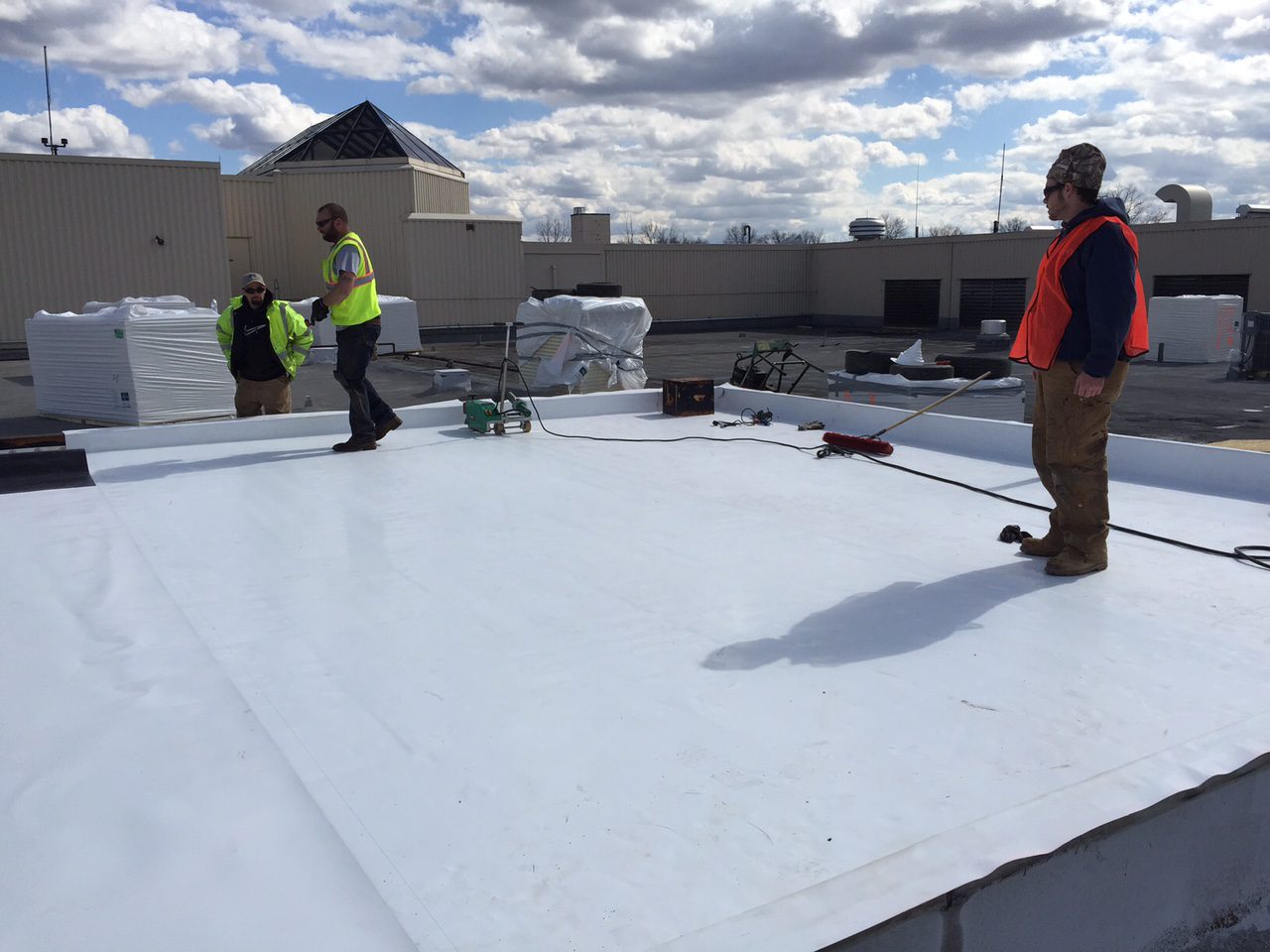
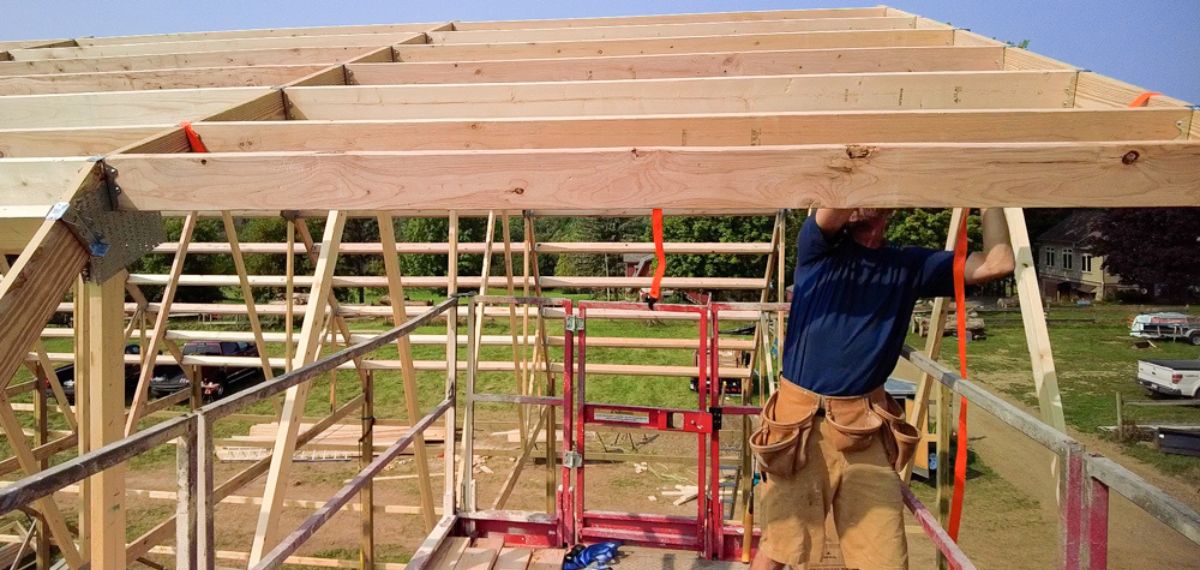
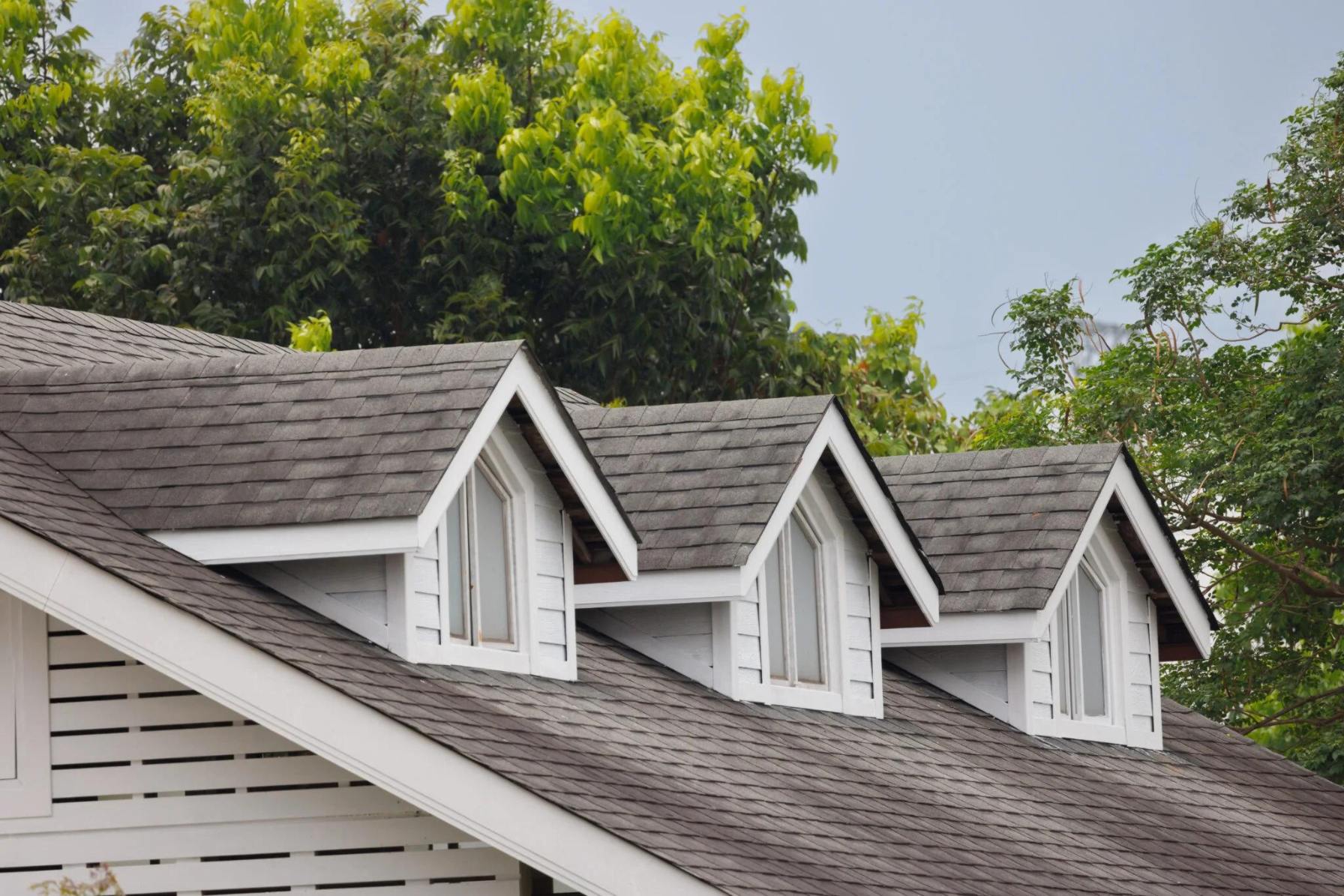
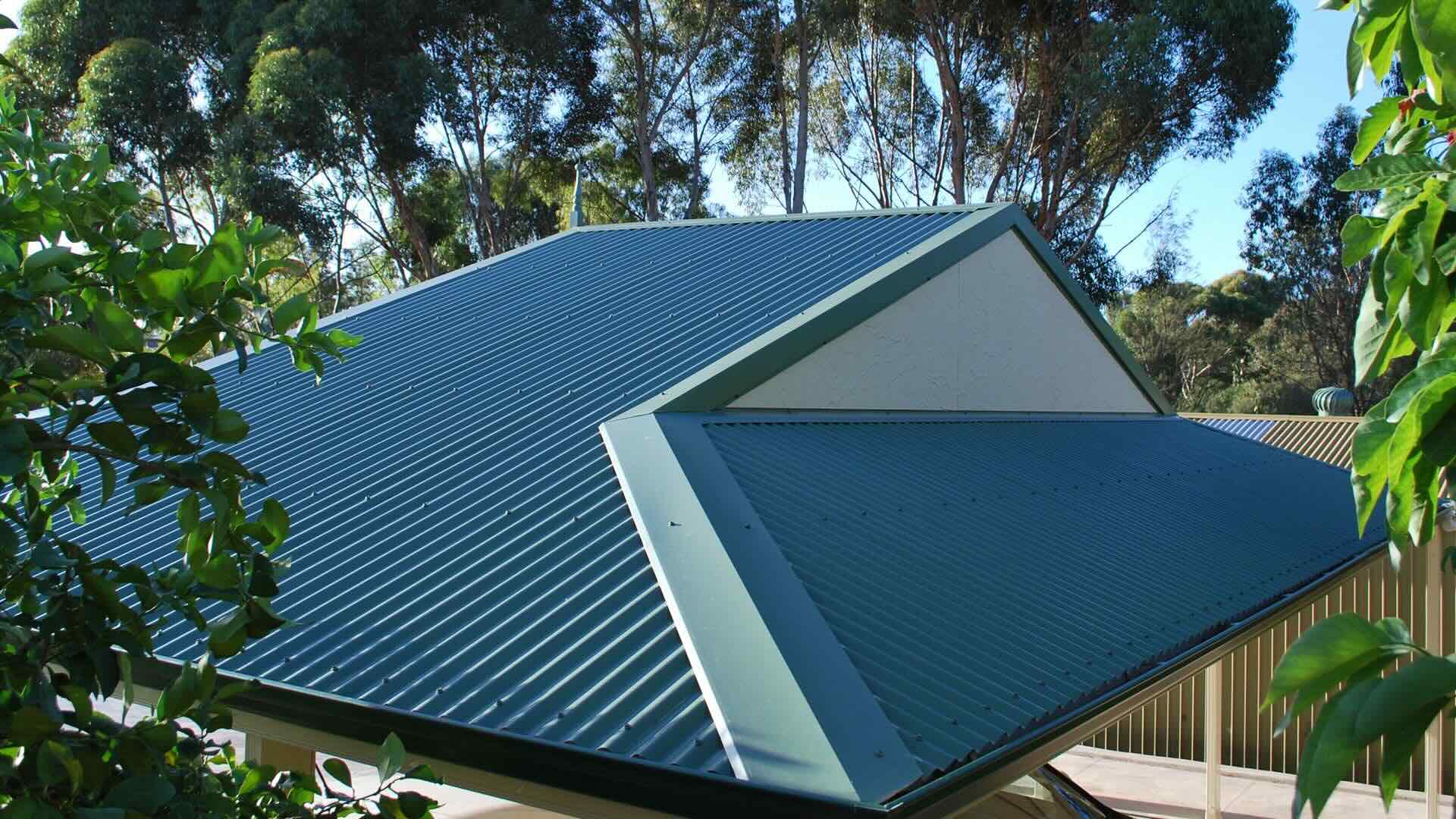

0 thoughts on “What Is A Roof Cricket”